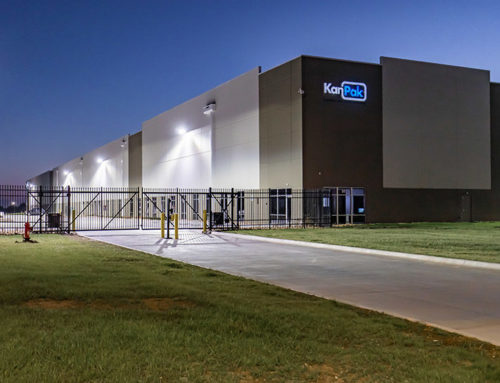New Markets Require New Perspectives
The US remains the land of opportunity for many businesses with an eye on expansion, but restaurants – particularly QSRs – can face substantial barriers to growth. With the major franchises having saturated most lucrative markets, they need to begin to look elsewhere to maintain growth.
The most successful businesses understand this dynamic, and are prepared to do their homework before expanding into new markets – whether it’s across a state line or an ocean. While recognizing the enormous upside, they also acknowledge they could be seen by some as interlopers, and know that success depends on appreciating and adapting to local tastes and customs.
Learning lessons
 Consider the giant US-based franchises expanding into foreign countries with rapidly growing middle classes and disposable incomes. Apart from careful selection of region, they’ve learned that they need more than marketing to stimulate sustainable local interest. They also need to invest in menu development, avoiding a cookie-cutter franchise plan that ignores the community’s values and interests. Simply bringing your current offering to a new market, without taking into account the local culture, tastes and trends can be a recipe for disaster. However, you also need to be true to your brand. Typically, any regional adaptation should not undermine your core identity – such as a “hero” product, service or experience.
Consider the giant US-based franchises expanding into foreign countries with rapidly growing middle classes and disposable incomes. Apart from careful selection of region, they’ve learned that they need more than marketing to stimulate sustainable local interest. They also need to invest in menu development, avoiding a cookie-cutter franchise plan that ignores the community’s values and interests. Simply bringing your current offering to a new market, without taking into account the local culture, tastes and trends can be a recipe for disaster. However, you also need to be true to your brand. Typically, any regional adaptation should not undermine your core identity – such as a “hero” product, service or experience.
Consequently, supply chain groups are challenged to deliver fresh solutions that will drive interest, create traffic and ensure profitability. For example, experimenting with limited-time-offers (LTOs) with local themes can help increase trial and adoption. Peripheral items might require adaptation to address perceived menu gaps and satisfy local tastes, with due consideration for cultural adjustments to mainstay items.
Once the marketing and menu development work is done, it becomes the job of the product development and supply chain groups to execute the approved plan. This can involve reviewing and addressing issues such as non-GMO requirements where consumers demand it (or regulations require it), or offering Halal, Kosher or other menu items in regions that follow dietary traditions.
Consequently, supply chain groups are challenged to deliver fresh solutions that will drive interest, create traffic and ensure profitability. For example, experimenting with limited-time-offers (LTOs) with local themes can help increase trial and adoption. Peripheral items might require adaptation to address perceived menu gaps and satisfy local tastes, with due consideration for cultural adjustments to mainstay items.
Once the marketing and menu development work is done, it becomes the job of the product development and supply chain groups to execute the approved plan. This can involve reviewing and addressing issues such as non-GMO requirements where consumers demand it (or regulations require it), or offering Halal, Kosher or other menu items in regions that follow dietary traditions.
Talking to Experts
 Adding to the complexity, certain countries or jurisdictions have rules and regulations around the use of inputs such as anti-foaming agents or specific artificial colors. There are now numerous companies providing Global Regulatory advisory services to help market entrants to understand, interpret and comply with local food regulations. Even issues like adapting a coffee extract or a fruit puree can be impacted by local supply of a specific coffee bean or type of mango.
Adding to the complexity, certain countries or jurisdictions have rules and regulations around the use of inputs such as anti-foaming agents or specific artificial colors. There are now numerous companies providing Global Regulatory advisory services to help market entrants to understand, interpret and comply with local food regulations. Even issues like adapting a coffee extract or a fruit puree can be impacted by local supply of a specific coffee bean or type of mango.
While the path to successful expansion is not an easy one, it is one that can greatly enhance profitable future growth opportunities, especially in those areas with strong population and income growth. The GSF/KanPak team has manufacturing operations in multiple areas of the globe, and currently supplies products to over 40 countries on five different continents. To find out how we can help you with your expansion plans, email sales@kanpak.us or call 1-800-378-1265.







